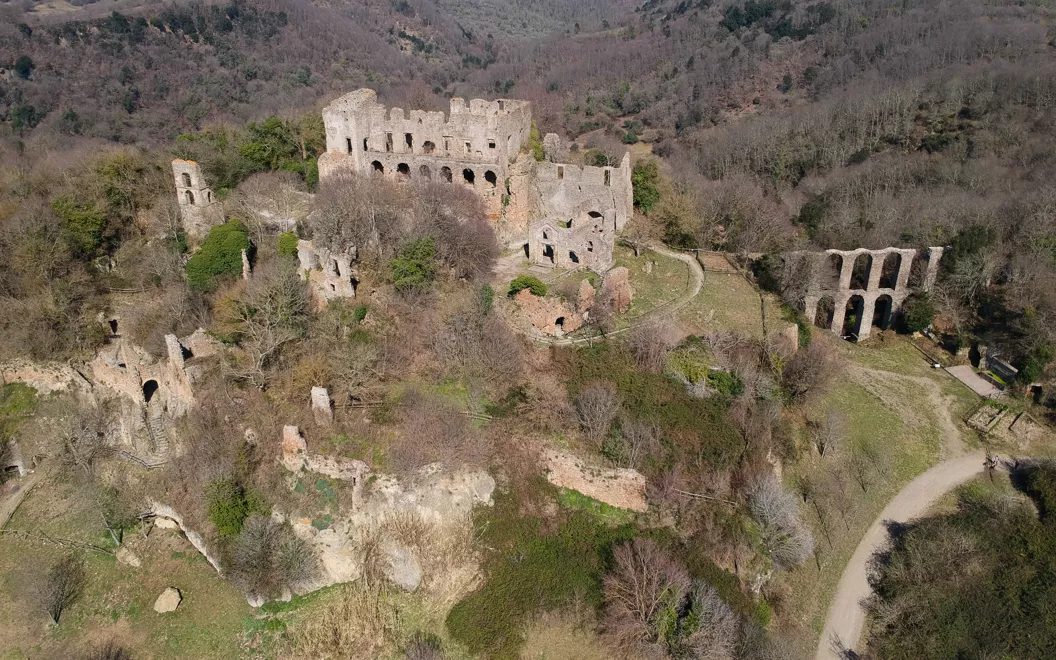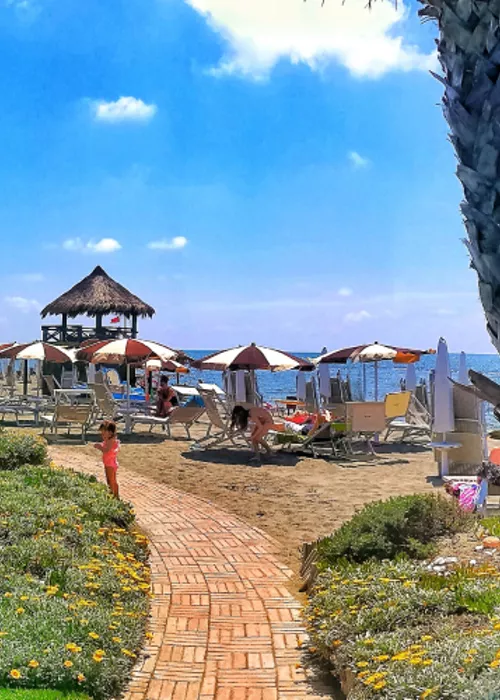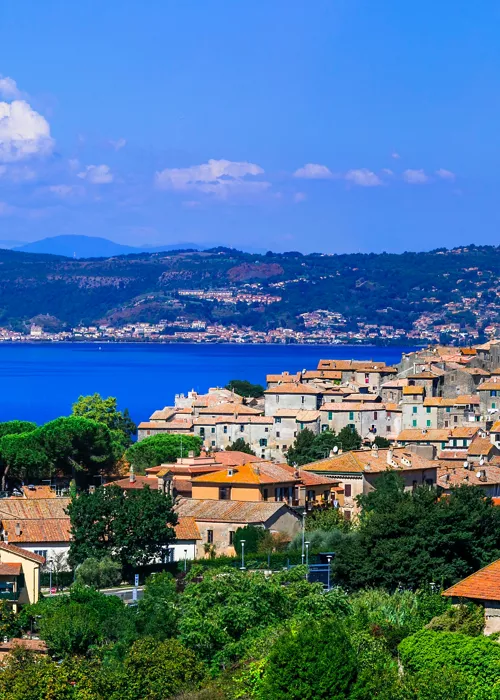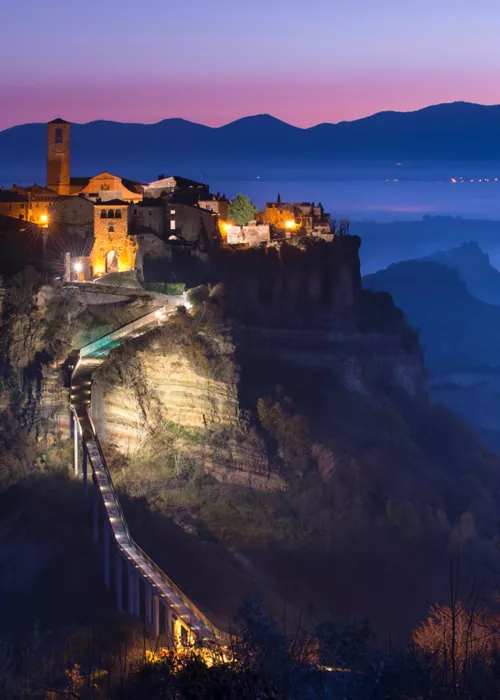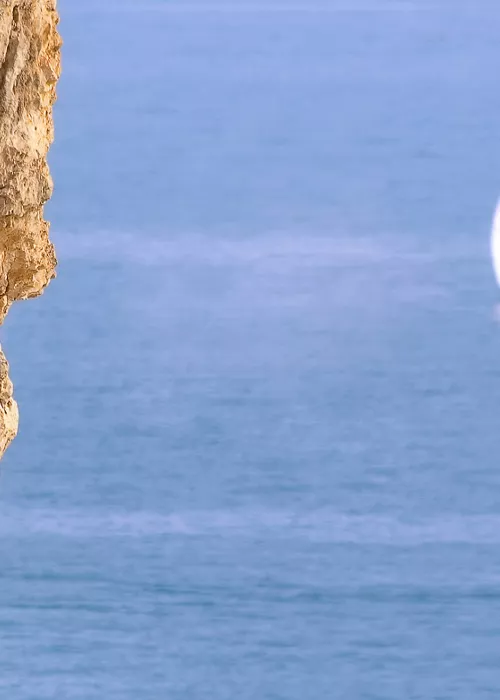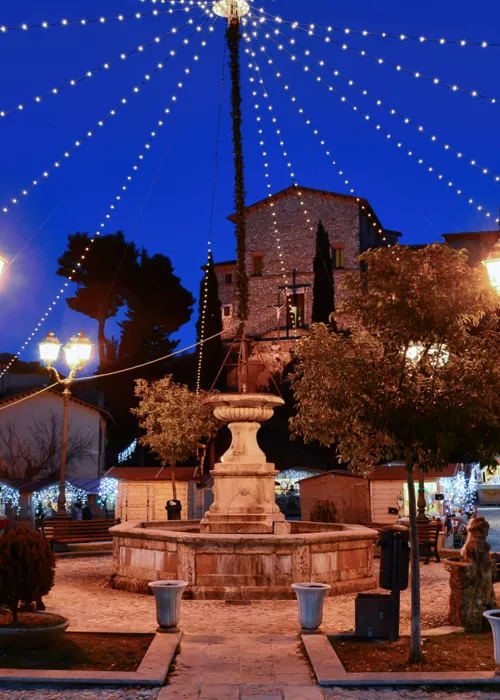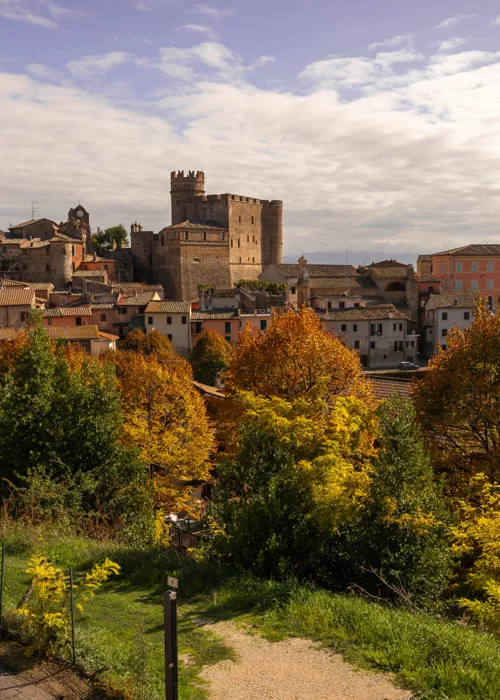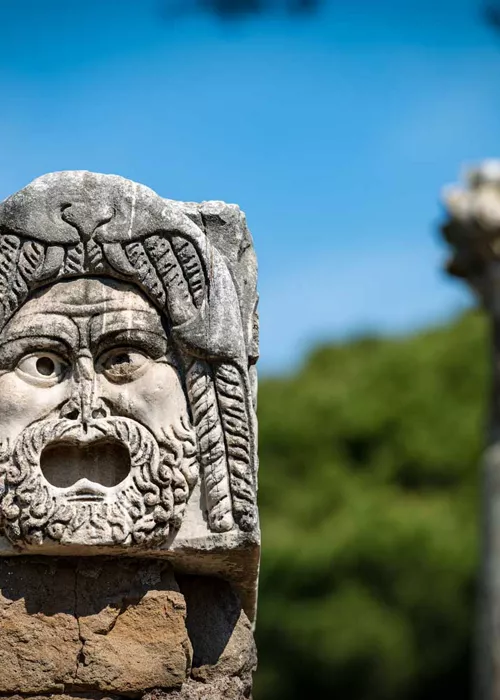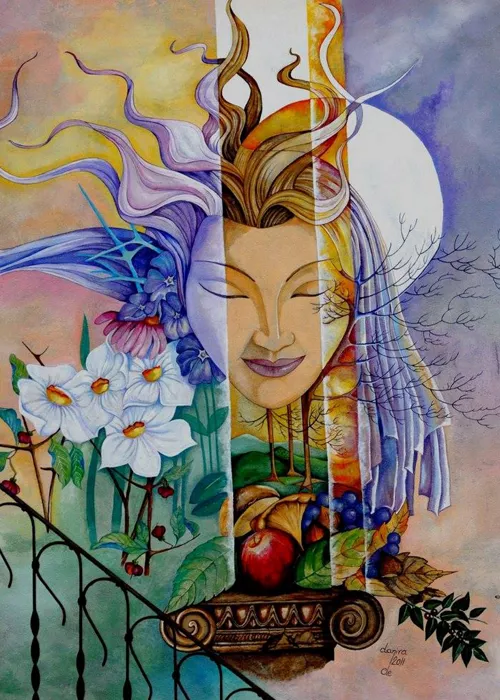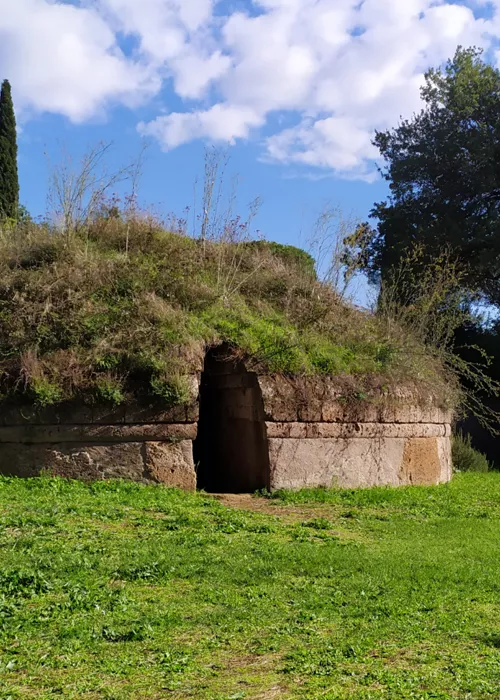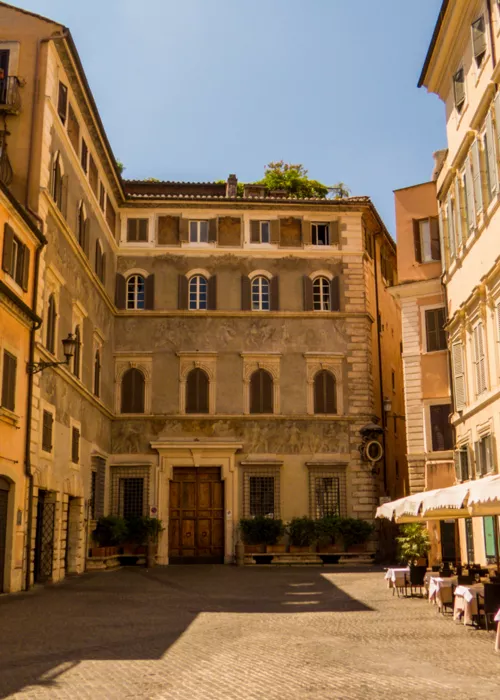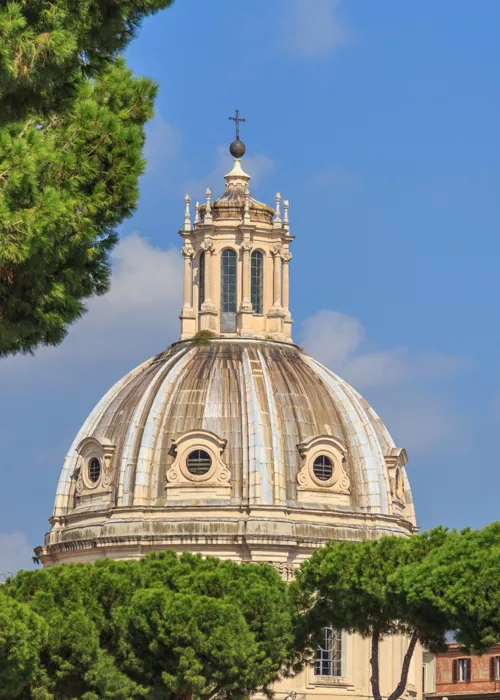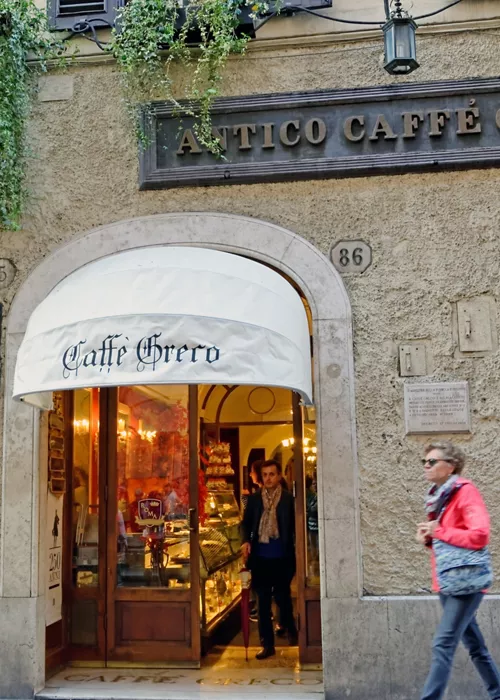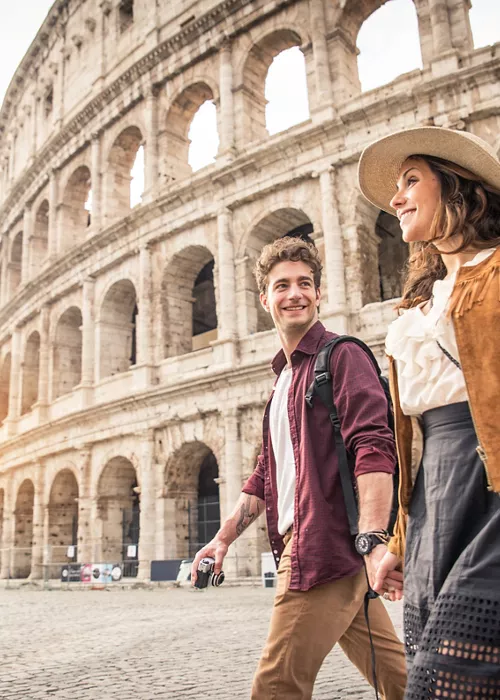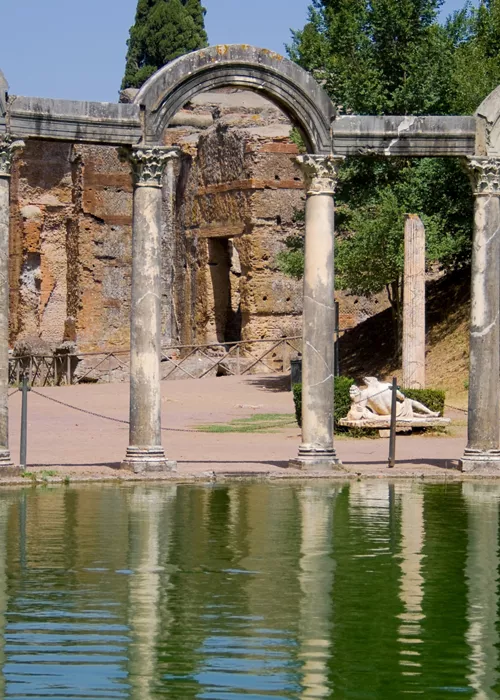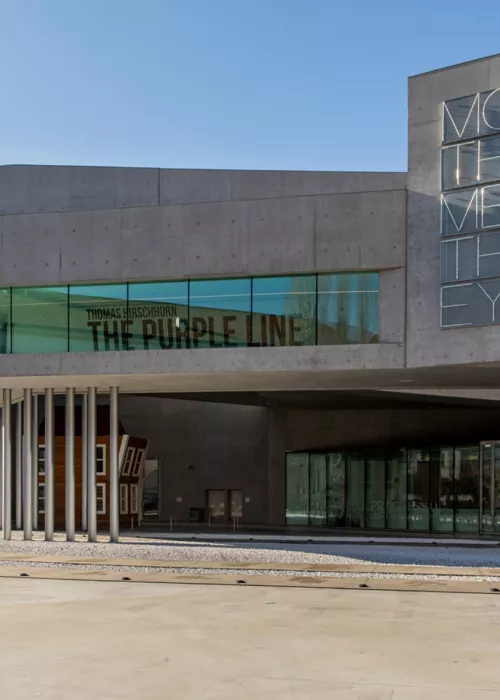Monterano, a ghost town and film set
4 minutes

The story of Monterano, an abandoned city that is now a film set and tourist destination.
The town according to John
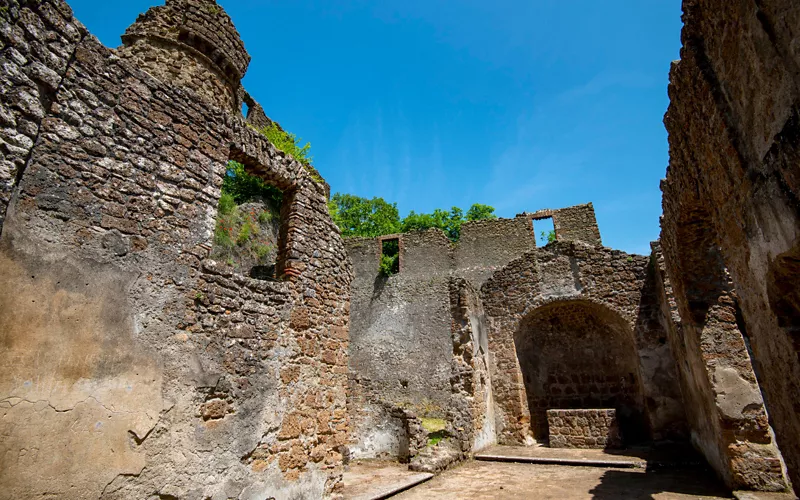
John Steinbeck once said that 'A town is a thing like a colonial animal. A town has a nervous system and a head and shoulders and feet'. Well, it's a description that fits this town like a glove. Fierce and unforgettable, Monterano has an ancient 'body' whose scars and beauty are open to the sky. It has strong shoulders, but over the centuries has often proved to have feet of clay. A small but mighty city, off the beaten track and destined to capture the heart of even the most hardened traveller. They call it a ghost town, but isn't every love story also a ghost story?
Why Monterano became a ghost town
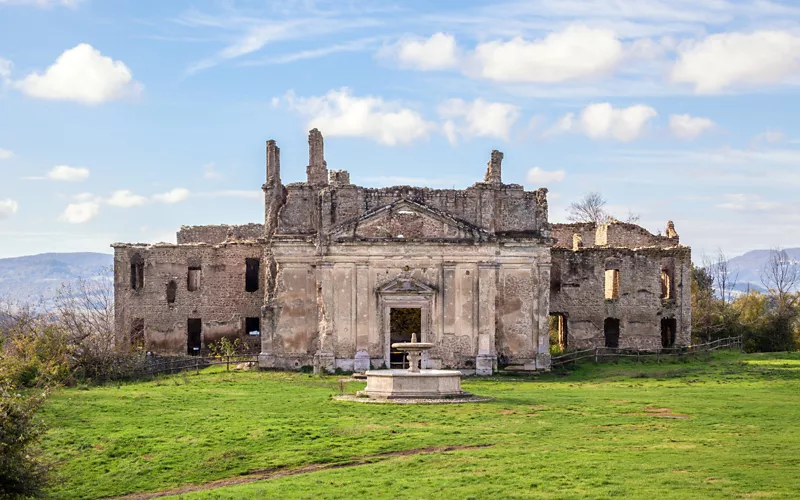
Once a prestigious fief of noble families, today Monterano is a treasure trove of ruins hidden amid the trees to the west of Lake Bracciano, set on a tuffstone hill between the gorges straddling the Tolfa and Sabatini Mountains. The origins of the village date back to Etruscan times, and saw a succession of Roman and Lombard rulers, all eager to exploit this strategic position. Monterano reached its peak in the Middle Ages, when it became one of the most important towns in the Sabatina area. The territory was then passed between a succession of noble families including the Anguillara, the Orsini and finally the Altieri, and it is precisely thanks to an Altieri, Pope Clement X, that Monterano rose to glory, and was filled with many buildings and sculptures by the young Bernini. At that time, Monterano was a place of beauty and freedom. Artists came from all quarters, greeting each other warmly in the narrow streets and forging a community. Monterano pulsed with life, culture and people, seemingly the master of its own destiny. But the death of the Pontiff marked the beginning of a slow, inglorious decline for this little village, a process accelerated first by a malaria epidemic and then a devastating assault by Napoleonic troops. By the 18th century, there was almost no trace of Monterano, the village or its future
What to see in Monterano
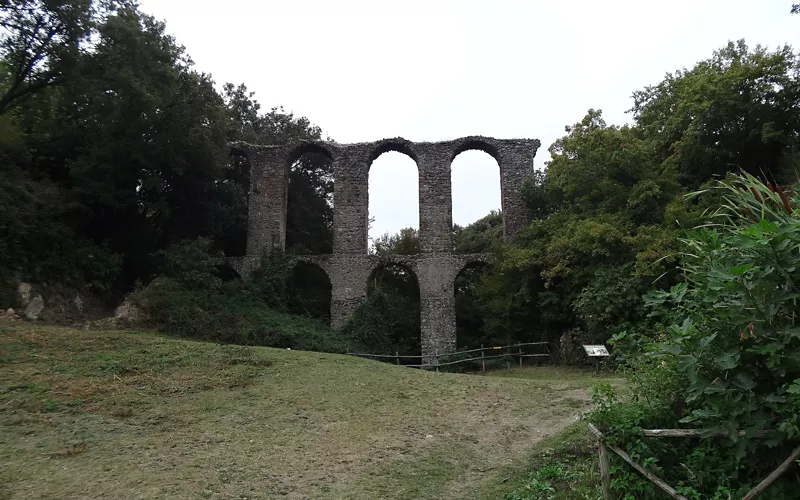
From this perspective, the story of Monterano sounds like an epic film made up of glories and disasters in this almost surreal scenario in which Bernini's sculptures stand next to wild untamed forests and noble palaces stand silently observing horses and cows grazing in the fields. The eerie remains of the village that once was, are immersed in ancient forests where you can enjoy the silence as you walk towards the plateau on which the historic site stands. The first ruined marvel you come across is the ancient Roman aqueduct, which looks like a gigantic gateway to the city. As you walk back up to the centre of Monterano, you start to see the remains of buildings that were once cloaked in glory and splendour, notably the baronal palace of the House of Altieri, one of the structures designed by the talented Bernini and which even today retains an intense allure, despite the decline of its surroundings. At the edge of the palace you can also see a large lion sculpted on top of an original fountain (also the work of Bernini), whose exuberant design has earned it the name Fontana Capricciosa. The spirit of Bernini echoes throughout Monterano; he also designed the 17th-century monastery of St Bonaventure, the most famous building in the village. It now stands next to a church, submerged in the undergrowth, as the icon of a panorama that imbues the onlooker with a sense of pride but also nostalgia for what has been lost. All around, the luxuriant countryside is dotted with Etruscan tombs, caves and boiling volcanic pools. The 1000 hectares of the Monterano Regional Nature Reserve, which was established in 1988 and has been upgraded several times over the years, encompasses the area around the ruins, now fully reclaimed, and what remains of the historic buildings, which have now been restored and made safe. The landscape is one of the best-preserved corners of Tuscia, a part of Lazio covered by wooded hillsides, volcanic ravines, meadows and streams, and traversed by the Mignone River, a Site of Community Interest. Today, this heritage communicates perfectly with visitors who come here looking to get away from it all. Here you won't find any street lamps, bars or restaurants.
Films shot in Monterano
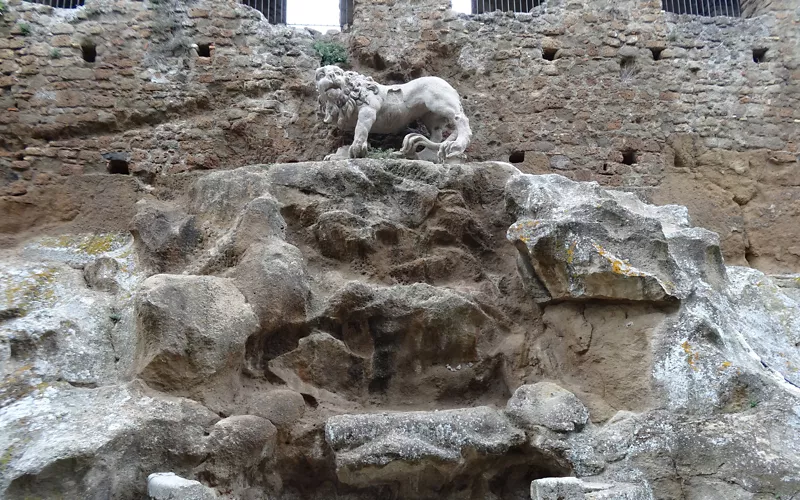
But Monterano doesn't just communicate through silence. It also speaks the language of cinema, punctuated by the visions, dreams and desires that made this village a location for many films including the 1959 epic "Ben Hur" and three comedies by Mario Monicelli: "Cops and Robbers" (1951), "Brancaleone at the Crusades" (1970) and "The Marquis of Grillo" (1981). Hidden between chariot races, improvised armies and fallen nobility, the spirits of Charlton Heston, Vittorio Gassman and Alberto Sordi still roam the streets in Monterano: we don't know where exactly, but they are here! You'll want to search for them once you get here, as you imagine what Monterano was like when the films were made, but you'll have to do it by instinct, among the reflections and shadows. As Walter Benjamin said: "Not to find one's way around a city does not mean much. But to lose one's way in a city, as one loses one's way in a forest, requires some schooling."

